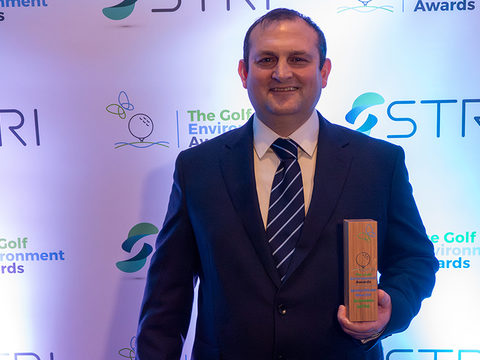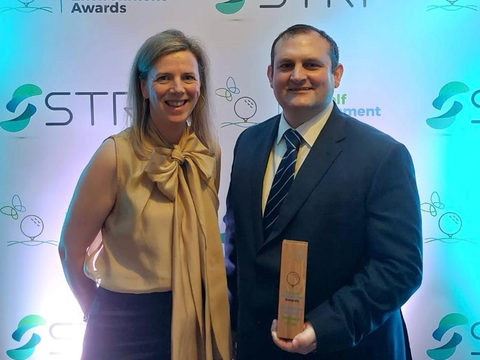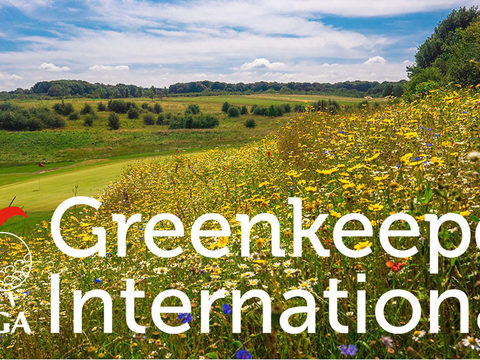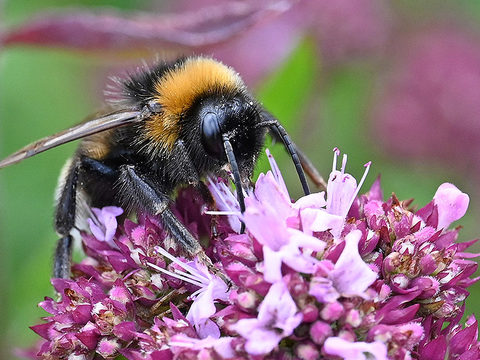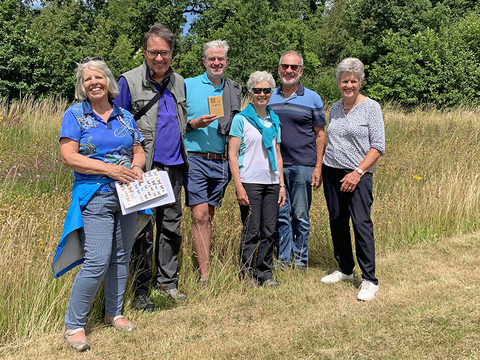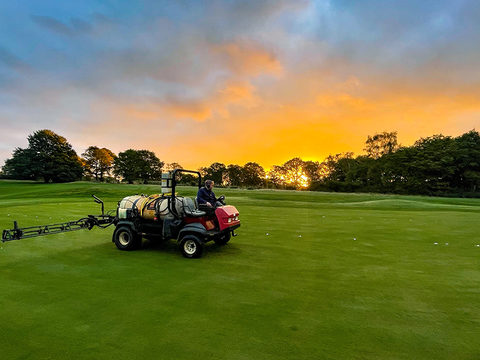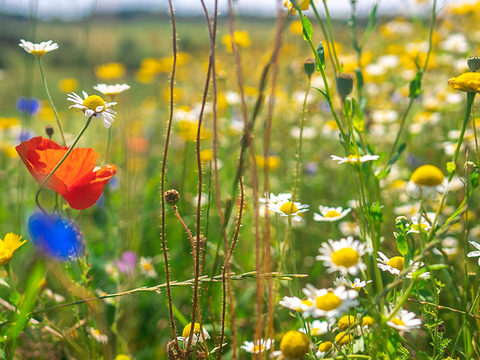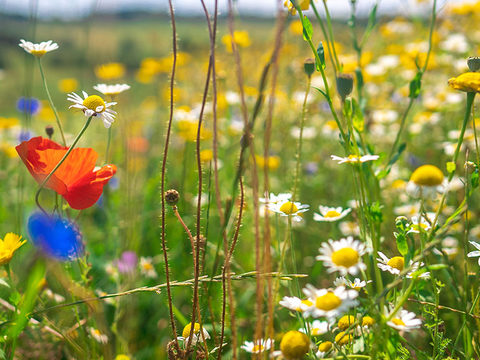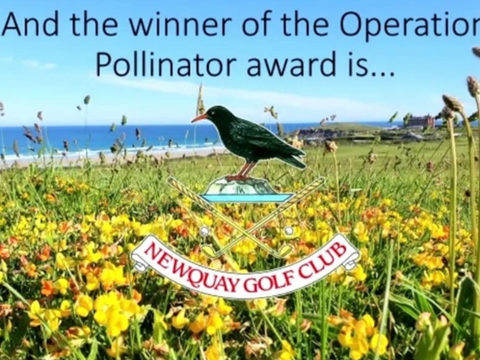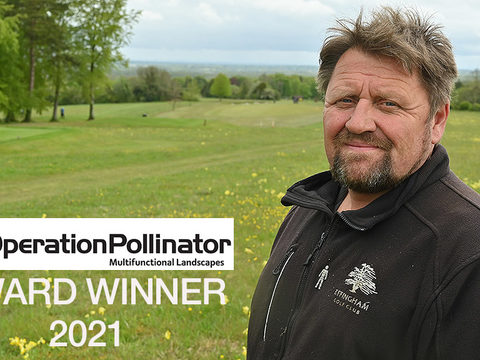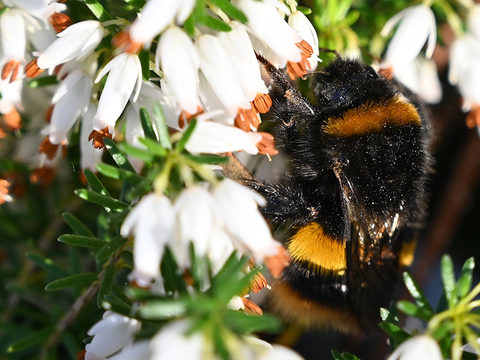Autumn Management for Operation Pollinator habitats
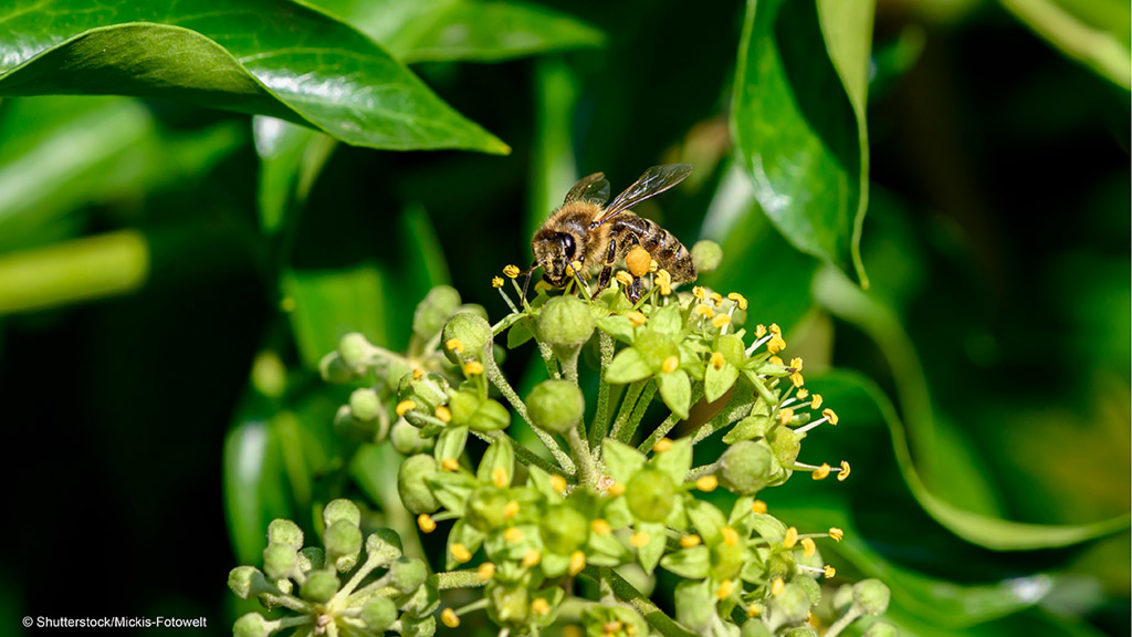
Whilst nature hunkers down for the winter months, it isn’t quite time for greenkeepers to slow down just yet - there’s still work to be done for Operation Pollinator habitats.
Operation Pollinator projects largely look after themselves but, once or twice a year, some input is required to get the best from them.
Autumn management of Operation Pollinator wildflower meadows will be dictated by what you are aiming to achieve with nectar rich grasslands, reports STRI Senior Ecologist, Sophie Olejnik (below left, with Syngenta Operation Pollinator manager, Caroline Carroll, and Operation Pollinator Award winner, Stephen Thompson of John O'Gaunt Golf Club).
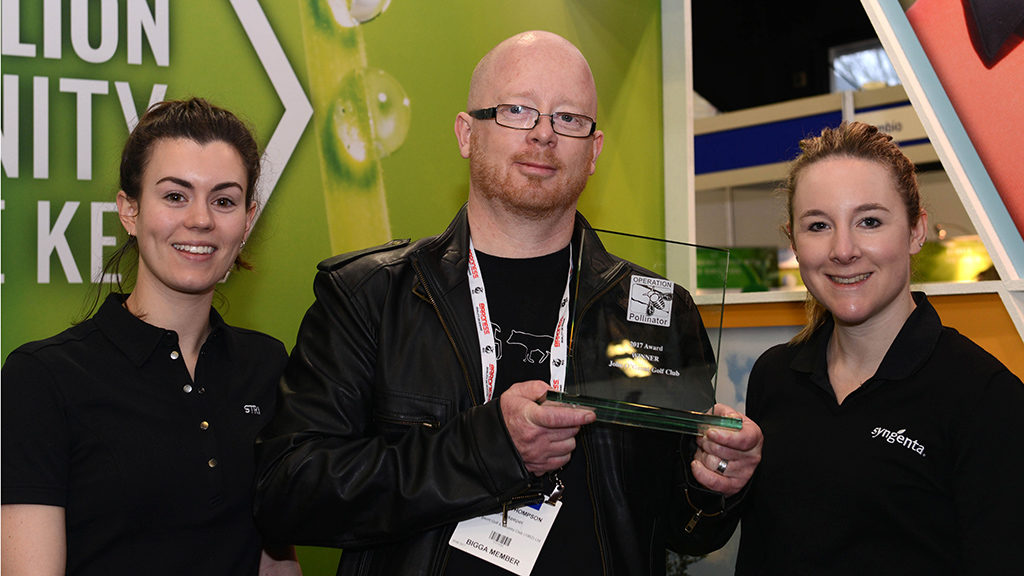
“Where habitats in play and need to be a little thinner for easy ball retrieval, the solution is to cut, collect and scarify.
“Wildflowers need gaps to germinate and establish, so try to aim for 10-20% bare ground,” she advised.
“It sounds harsh, but they will soon fill in with plants – whether sown or natural.” The same actions apply if the percentage of coarse grass in the area is till undesirably high. Award winning OPeration Pollinator work at Banchory Golf Club showed what needs to be achieved.
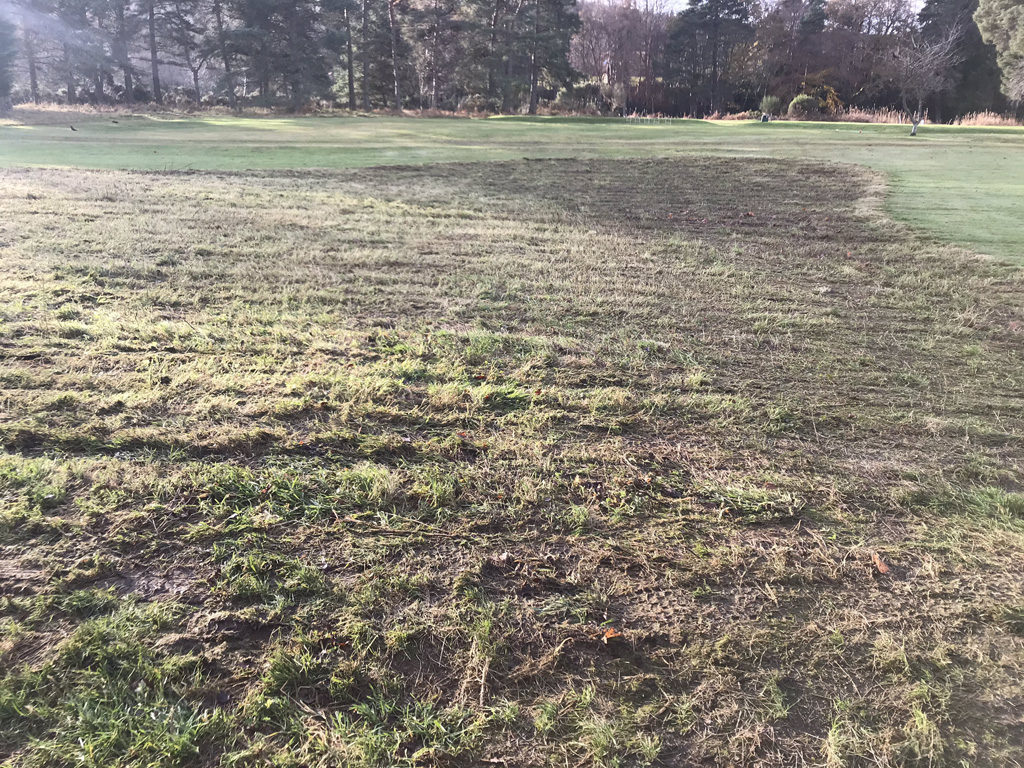
See how Banchory Golf Club - Op Poll Award winners 2020 - manages its Operation Pollinator habitats
However, if the composition of grasses and flowers is good and tussocky grass is not issue, simple cut and collect should suffice. If necessary scarifying can be alternated each year or as required.
“It is important to understand that every wildflower grassland is different. Even if you have multiple areas within your course, assess each one individually,” she advocated.
“Some may be better established than others, some may still be more dominated by Yorkshire fog and other ‘unfavourable’ grasses.” It depends on age, past management, shade, moisture, pH, disturbance and so many other environmental factors.
Sign up to join OPeration Pollinator now
In addition to mechanical management, Sophie suggests to consider introducing some hemi-parasitic plants to wildflower areas, to help knock back unwanted grasses.
“Yellow rattle needs a period of cold to trigger germination, termed vernalisation, so now is the time to sow. It can sown directly into established grasslands following the above management practices, or in a ‘nursery’ ready for plug-planting in the springtime."
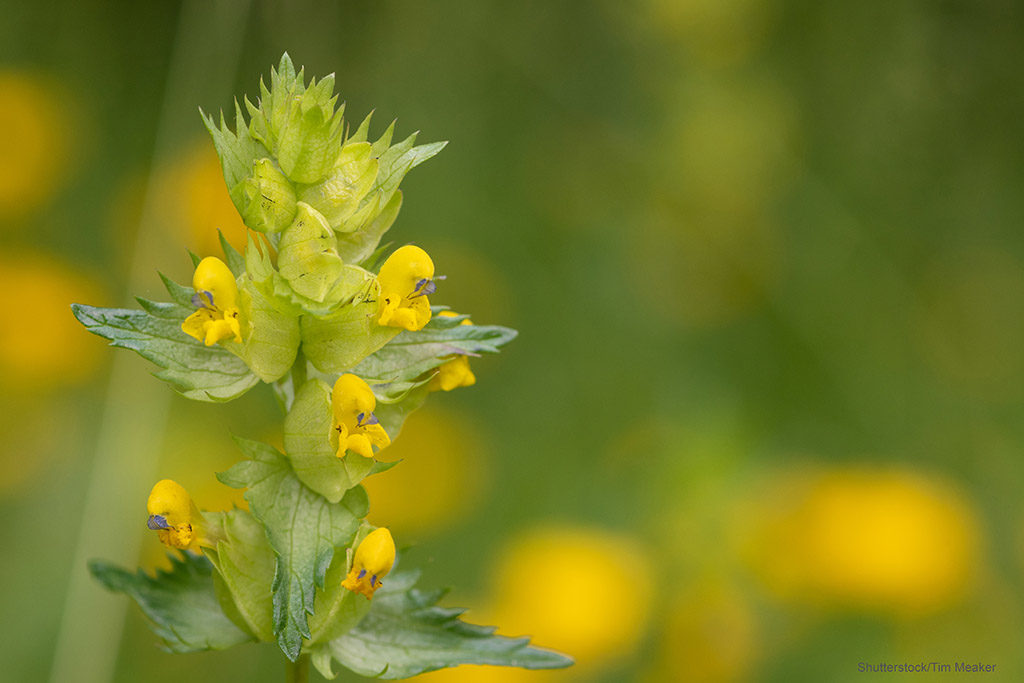
“Yellow rattle is an annual so, if you can, remember to collect some of the seed from the established plants each year for re-sowing in other areas of the golf course. It may be too late to collect seeds now, but it’s always worth having a look before cutting and collecting.”
Operation Pollinator isn’t just about wildflower grasslands. Habitat provision includes wider environs to support pollinators and let them thrive.
At this time of year, once grasslands are cut and wildflowers have gone, ivy is one of the most important plants on the golf course for pollinators, enthuses Sophie.
“Make sure that you let it bloom and provide one final bounty of pollen and nectar for wasps, ivy bees and a multitude of other invertebrates that are still buzzing around!”


